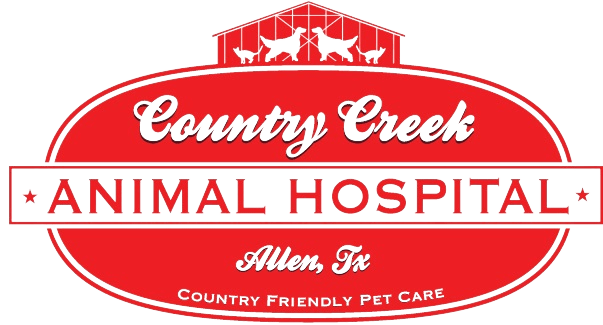
Liver Shunt
In a healthy pet, the liver functions by removing toxins from the bloodstream, storing sugars, and distributing proteins. Pets with a liver shunt cannot properly filter their blood. Veins bypass the liver when moving blood from the intestines, pancreas, spleen, and stomach, causing nutrients and toxins to reach the heart. Liver shunts can be intra-heptic (inside the liver) or extra-heptic (outside the liver) and are typically present at birth but can also be acquired with liver disease. Intra-heptic shunts are more common among large dog breeds, whereas extra-heptic shunts are more common among small dog breeds and cats - namely Persians, Himalayans, and mixed-breeds.
There is no way to prevent a liver shunt from developing. The condition occurs towards the end of gestation within the mother’s uterus, and most animals start showing signs of the disease within their first 6 months of living. On occasion, shunts aren’t prevalent until much later, when an elderly pet begins to develop bladder problems or kidney stones.
Symptoms of a Liver Shunt:
- Depression.
- Diarrhea.
- Growing slower than peers (underdevelopment).
- Inability to gain weight.
- Lethargy.
- Odd behaviors (disorientation, pacing, staring off).
- Seizures.
- Vomiting.
- Weakness.
How is a Liver Shunt Treated?
A liver shunt is first diagnosed through blood tests. From conducting specific tests, the veterinarian can observe liver function and draw a positive conclusion. The veterinarian will then discuss the various methods of surgical and non-surgical treatment that are available.
Non-surgical therapy typically includes a precise eating regimen that is comprised of a low-protein diet alongside prescribed medications which help stop the production and absorption of toxins. Several herbal compounds can also be added to the pet’s diet to support blood flow to the liver, such as milk thistle and dandelion. After an extended period of time, some pets will still experience liver failure with this method of treatment, eventually requiring surgery.
Surgical treatment involves closing the shunt as best as possible. For both intra- and extra-heptic shunts, constrictors (metal loops) are placed around the vessels causing the shunt; these constrictors gradually close around the shunt. In some cases, the shunt cannot be entirely closed, but in most cases, even a partial closure is enough to relieve the symptoms of the disorder. Following surgery, the pet’s low-protein diet will need to continue until bile acid levels return to normal.
If your pet exhibits any of the described symptoms, we strongly recommend you contact our office and schedule an exam with the veterinarian, as it may be an indication of a liver shunt.

